Kagami Biraki 2023
Updated:
Our group participated in a Kagami Biraki ceremony to observe the Lunar New Year in Seattle in January 2023. We performed kata selected from the curriculum of Jikishinkage-ryū and were honored to watch presentation from the Tenshin Buko-ryu class at Lonin.
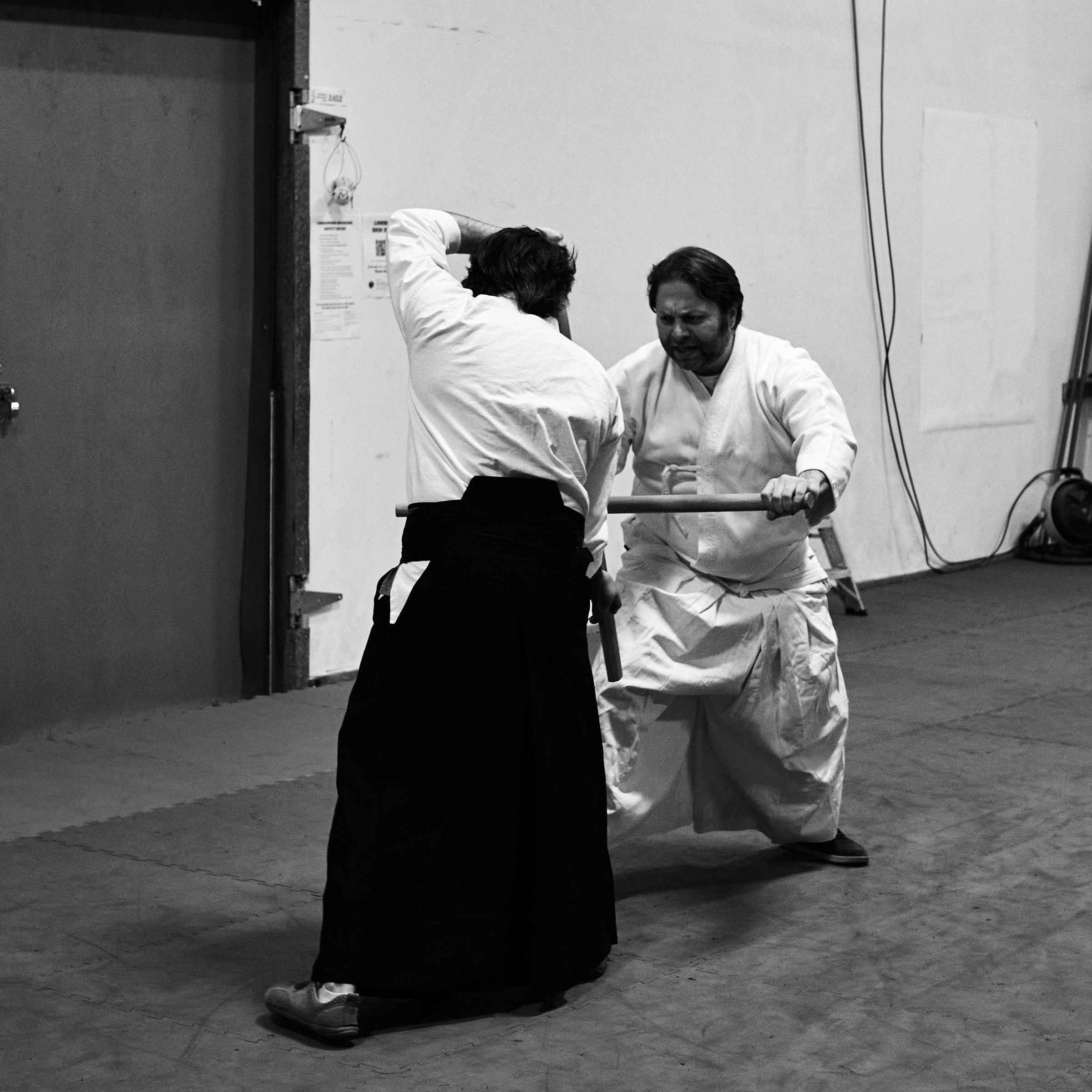
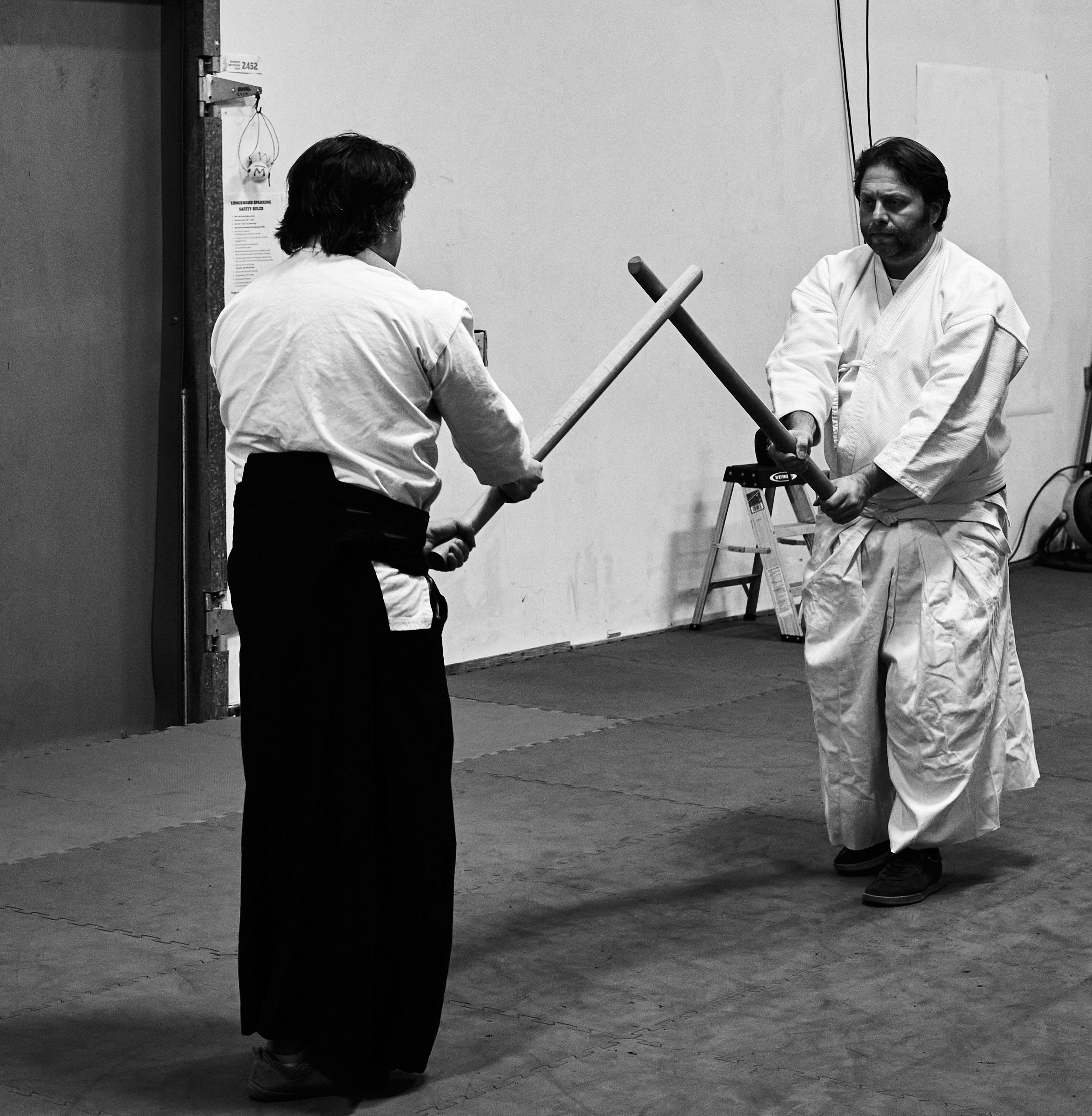

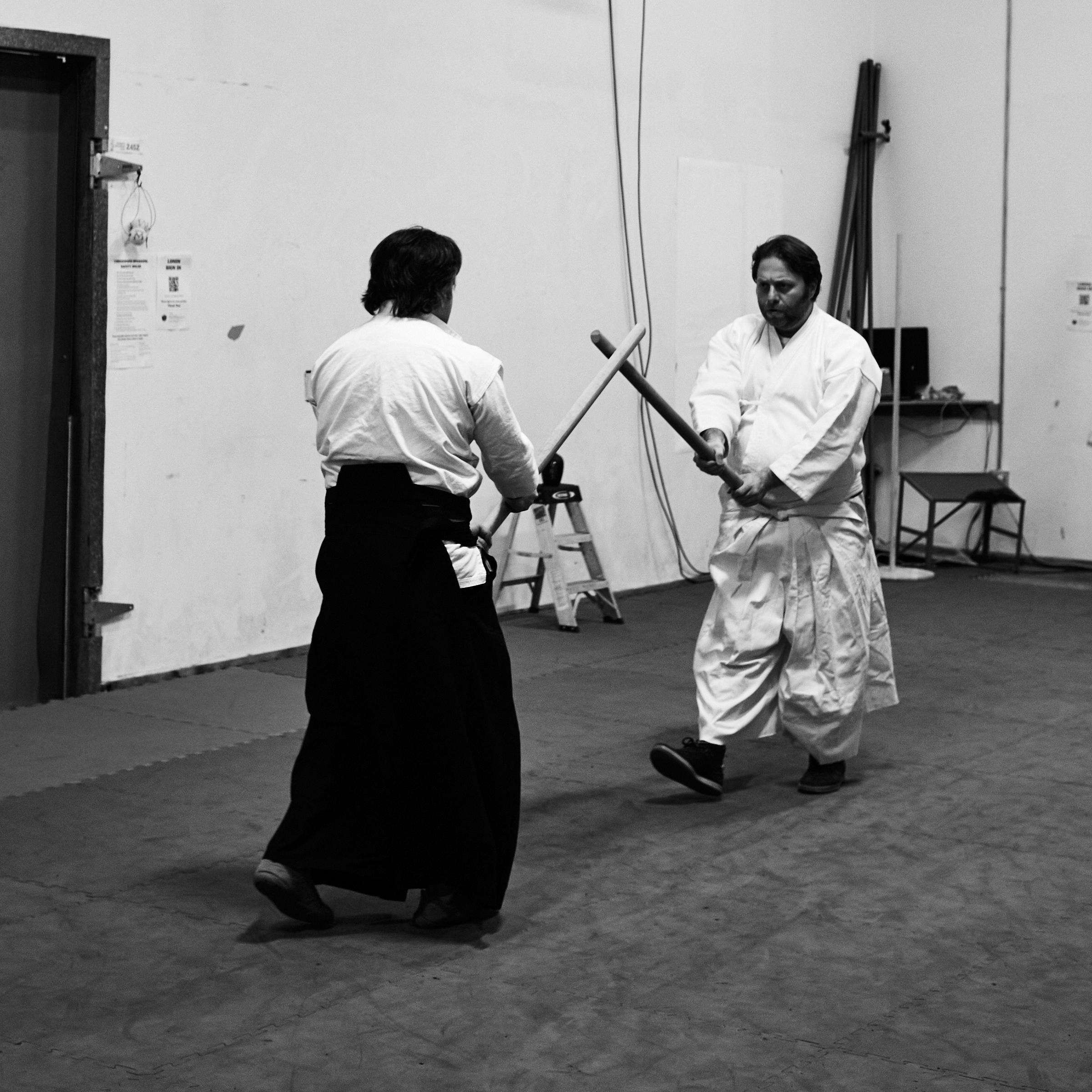
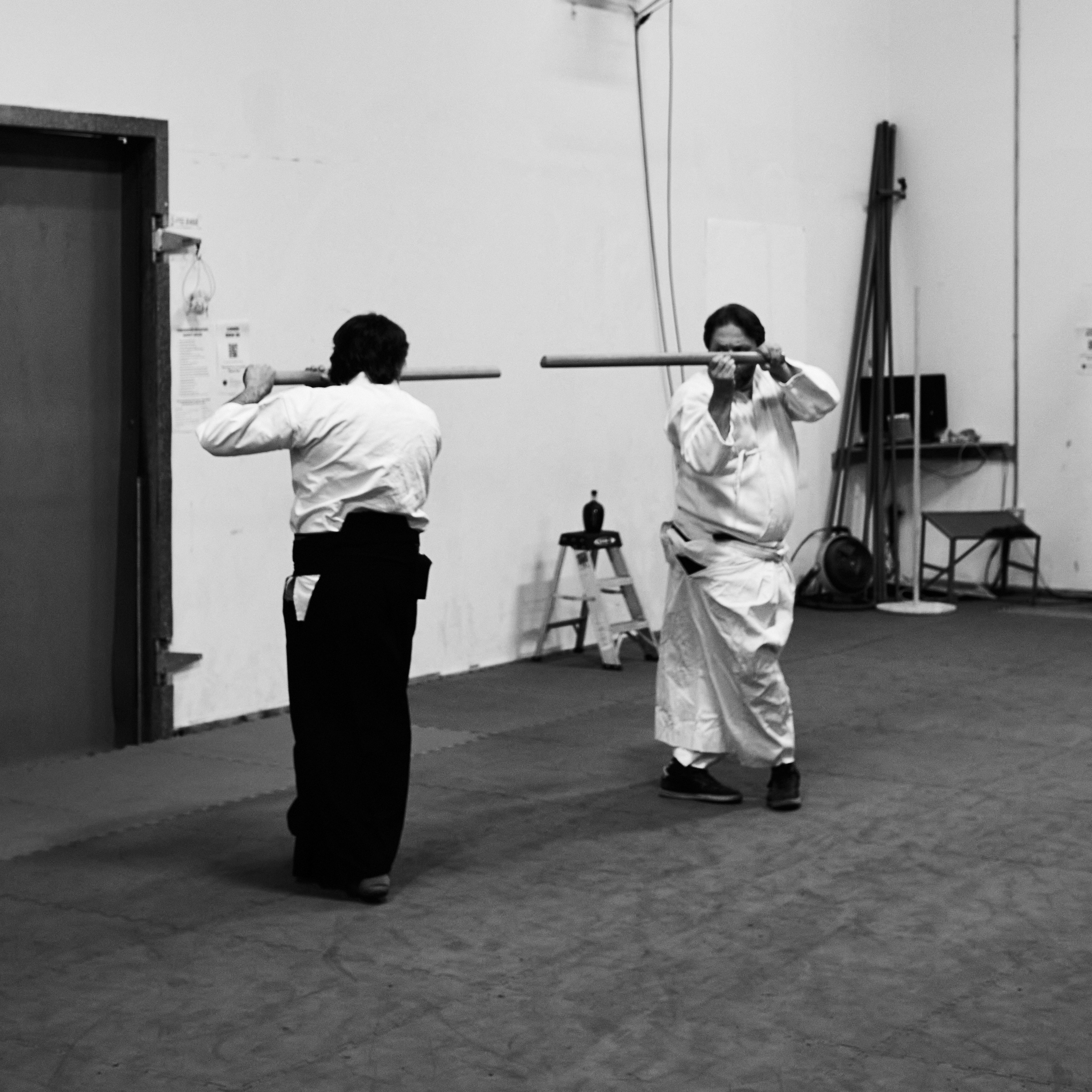
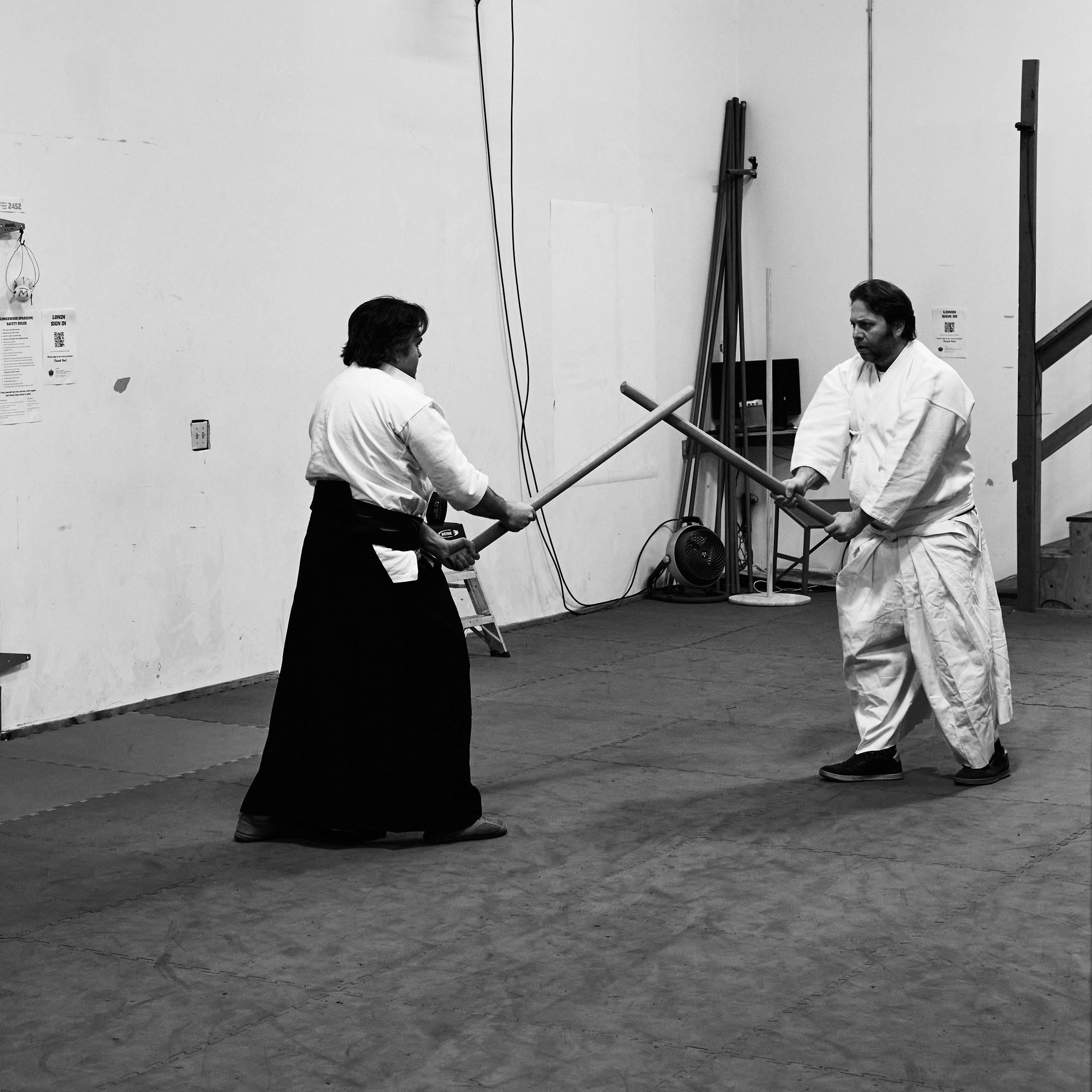
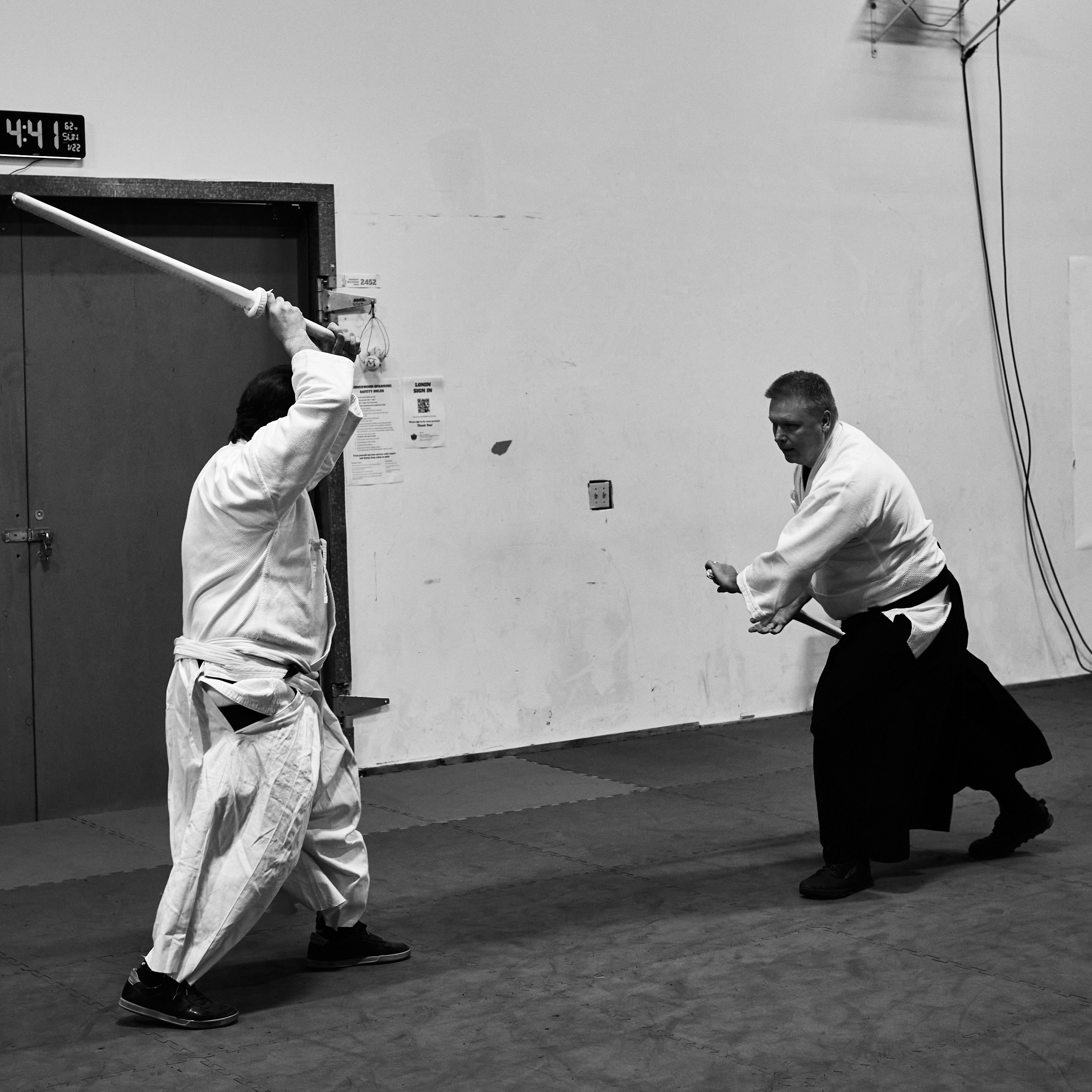
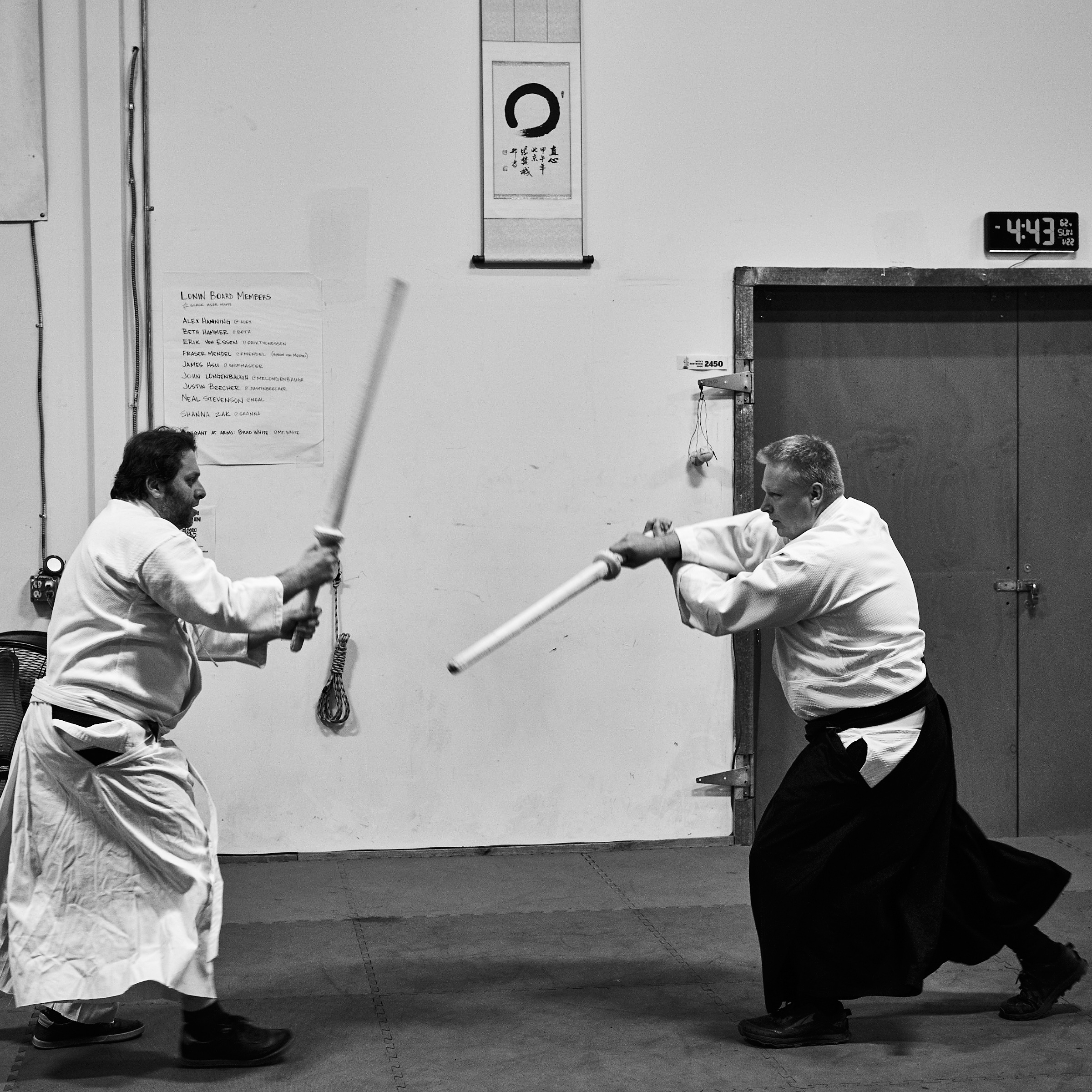
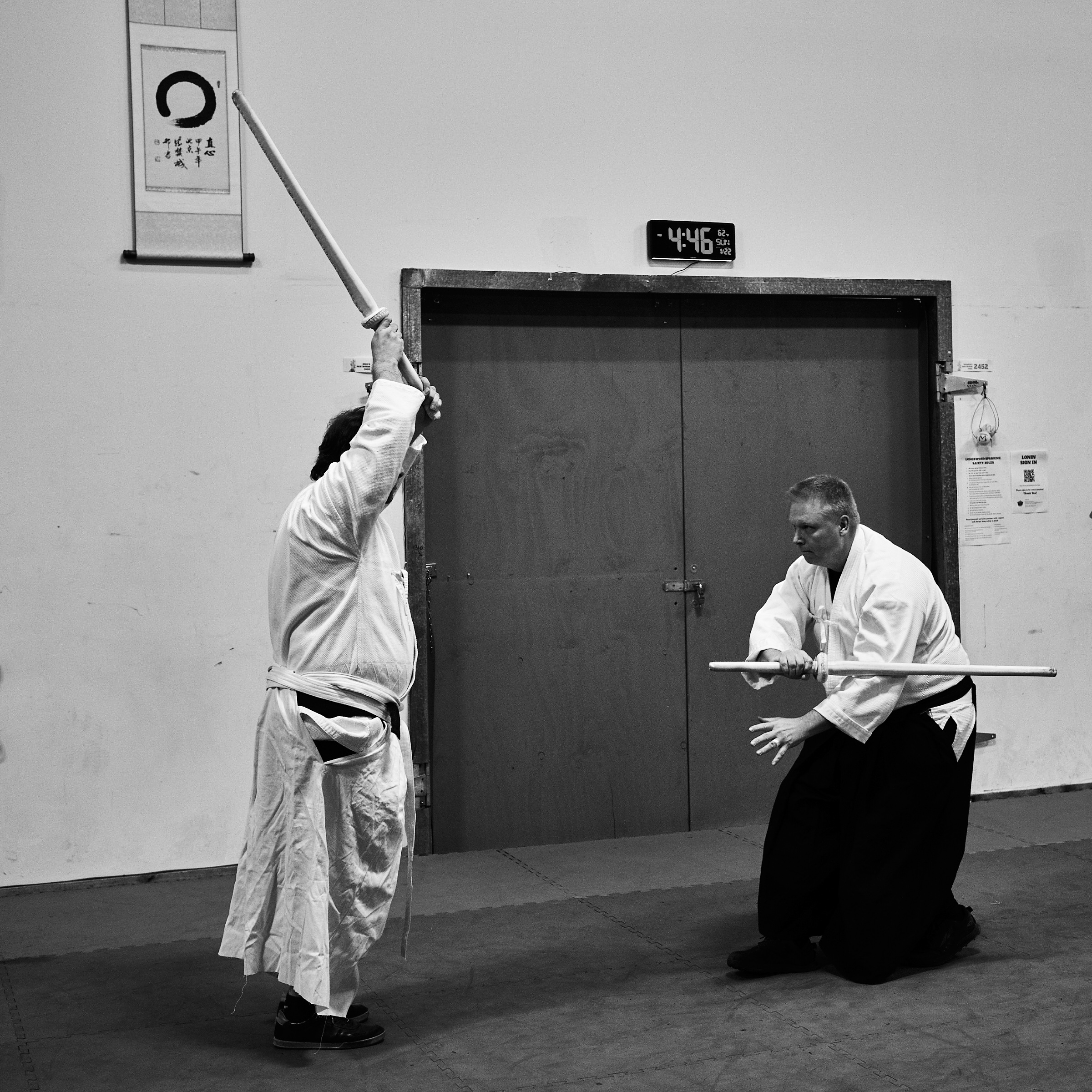
Mark Raugas
email: